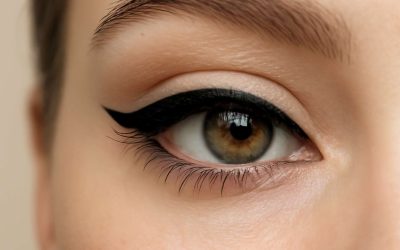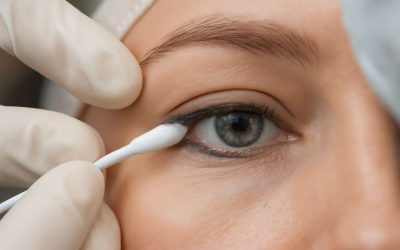
Aftercare is an important part of any cosmetic procedure, and permanent eyeliner is no different. While the treatment itself is minimally invasive and painless, it does require some care during your healing process so that the pigment stays in place and doesn’t cause an infection.
The first step in the permanent eyeliner aftercare process is to clean the area with a gentle cleanser or a healing gel. This will keep your eyeliner in good shape and prevent any dirt, oil or debris from getting into the skin.
A good cleansing routine is especially important in the first few days after your procedure, according to Nicole Ricciardone, a New York City-based permanent makeup artist. She says that cleaning the treated area every 15 minutes will ensure that it stays clean and doesn’t get infected.
She also recommends using a mild cleanser and healing gel to keep the skin healthy, because it’s so sensitive after this procedure. Some artists also use an aftercare ointment that protects the skin from dirt and germs while still allowing it to breathe.
Another good practice is to avoid any physical activities that may cause extreme sweating, such as running or swimming. This will help your eyes heal faster and prevent color from fading.
It’s also best not to rub or touch the eyeliner, as it can damage the pigment and slow down your healing process. Similarly, avoiding unnecessary products or irritants like creams, saline eye drops and lash serums is essential for your initial recovery stage.
The most common aftercare method for permanent eyeliner is wet healing, which involves regularly cleaning the area and applying a prescribed aftercare ointment. It’s great for minimizing scabbing and ensuring that the pigment is retained, but it can be time-consuming.
Dry Healing
This is the traditional approach to eyeliner aftercare, and it’s great for people who want a simple aftercare plan. It involves blotting the area from time to time with a damp cotton pad or cotton swab. This will remove any excess fluids that might be causing scabbing and prevent any further inflammation from occurring.
However, it can also cause the pigment to oxidize and flake off. This is normal for the first few days, but it’s best to let it go, because it will eventually return to its natural state.
Your artist should give you a detailed aftercare plan that will include tips on how to best take care of your eyes after the permanent eyeliner procedure. They’ll also offer advice on how to prevent any recurrence of scabbing or flaking.
If you follow these aftercare guidelines, your eyeliner will heal quickly and look great for months to come. After about 6 weeks, you’ll have a touch-up appointment with your artist where they can fix any flaking and adjust the liner to suit your unique preferences.
During your touch-up appointment, your artist can add more pigment to make the liner darker or thicker. They can also tweak the shape of the liner, if you want it to look more precise or more dramatic.



0 Comments